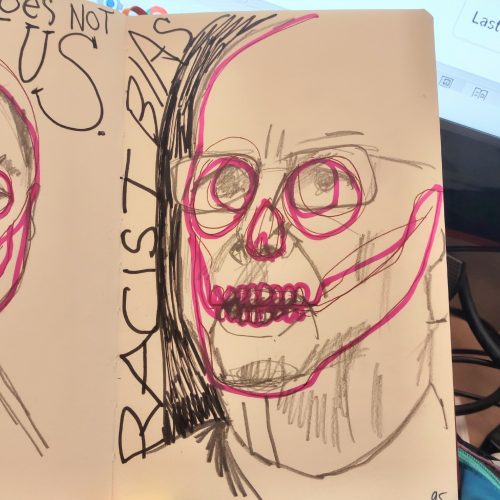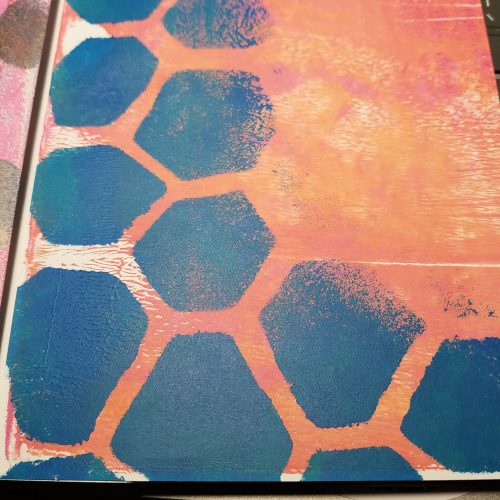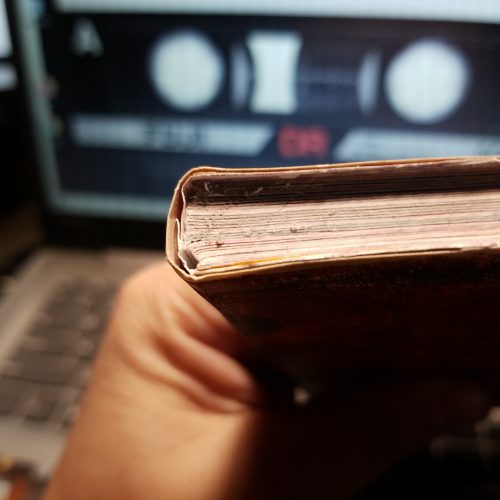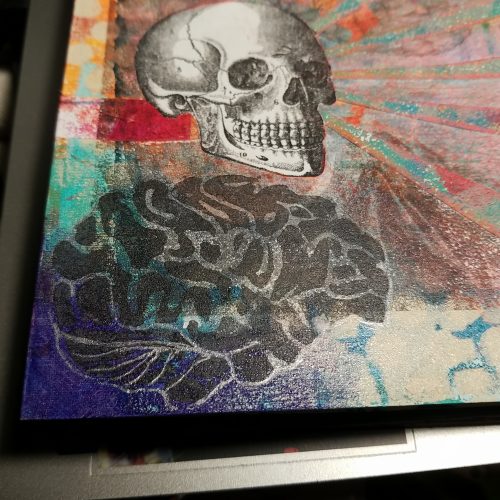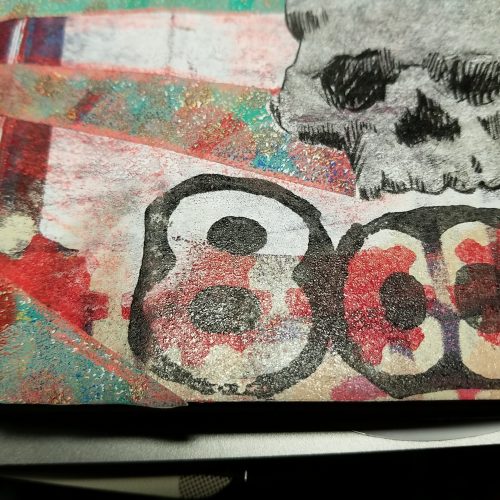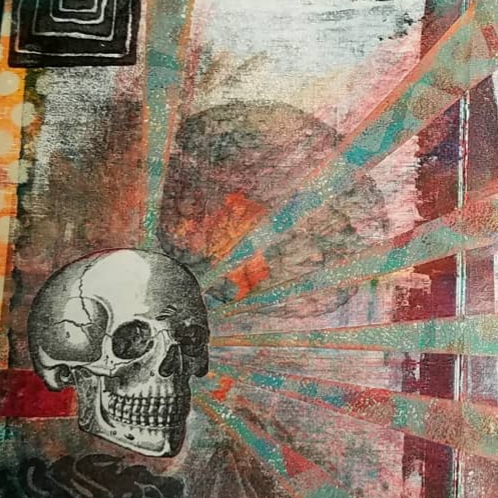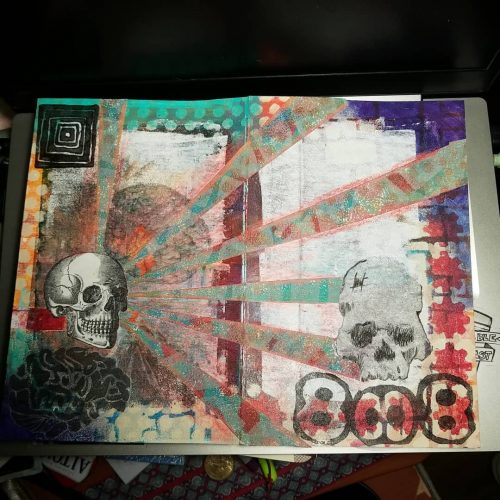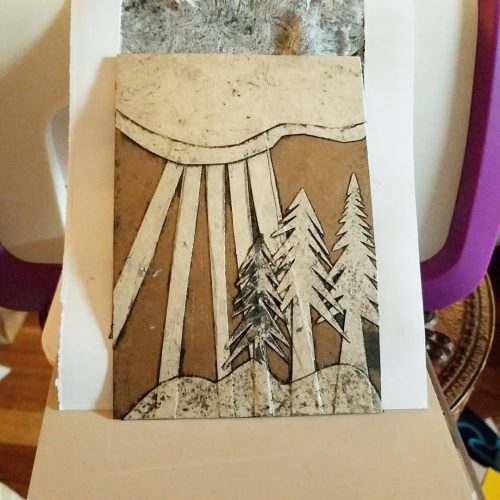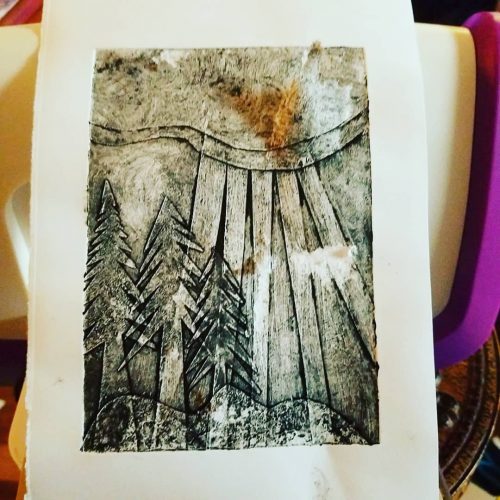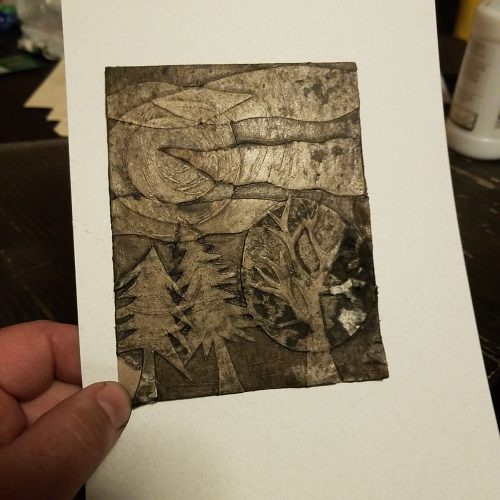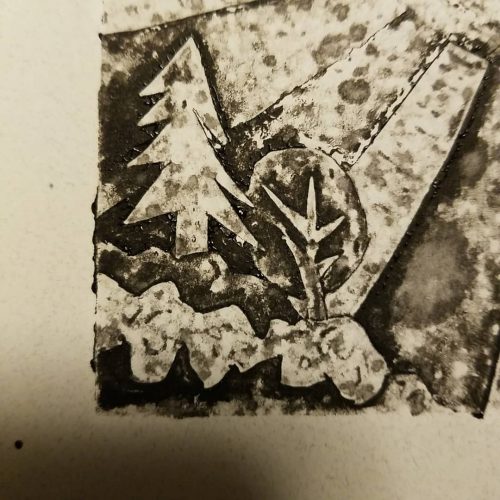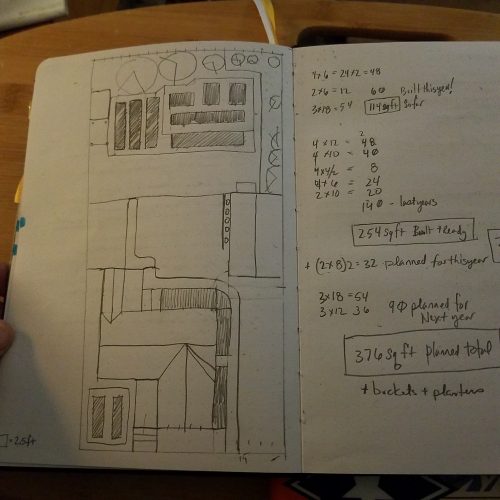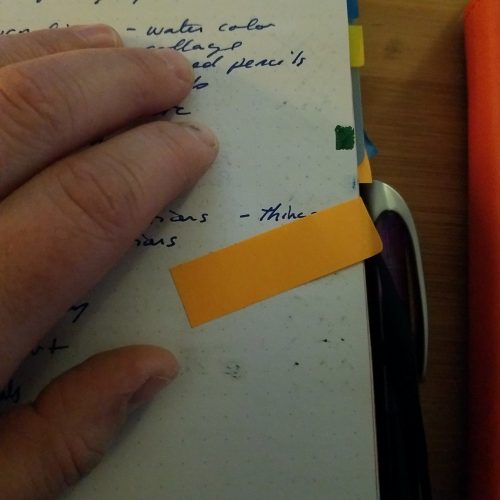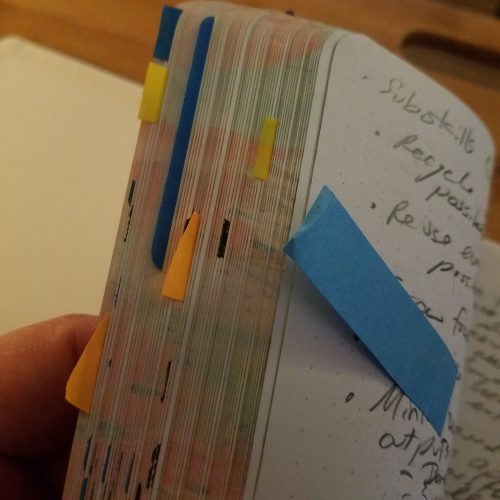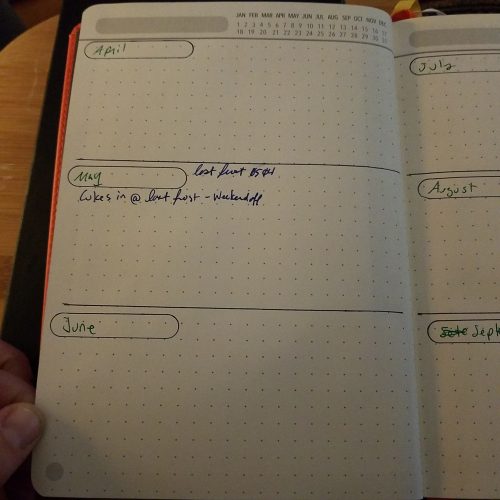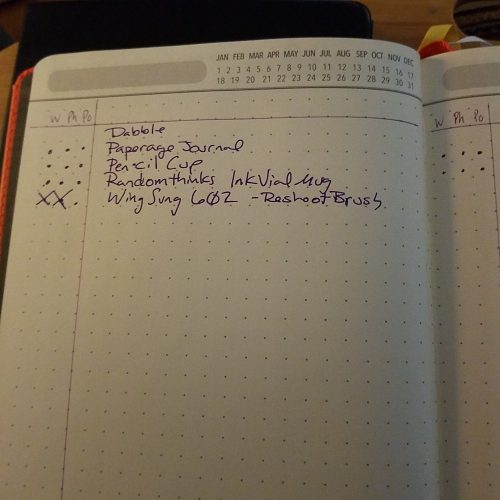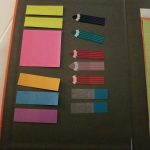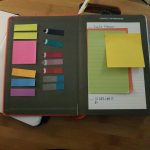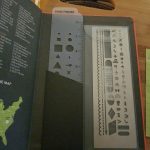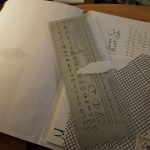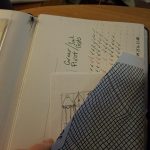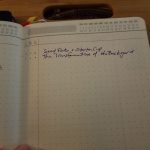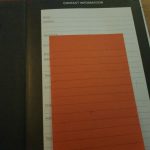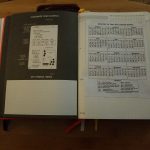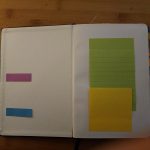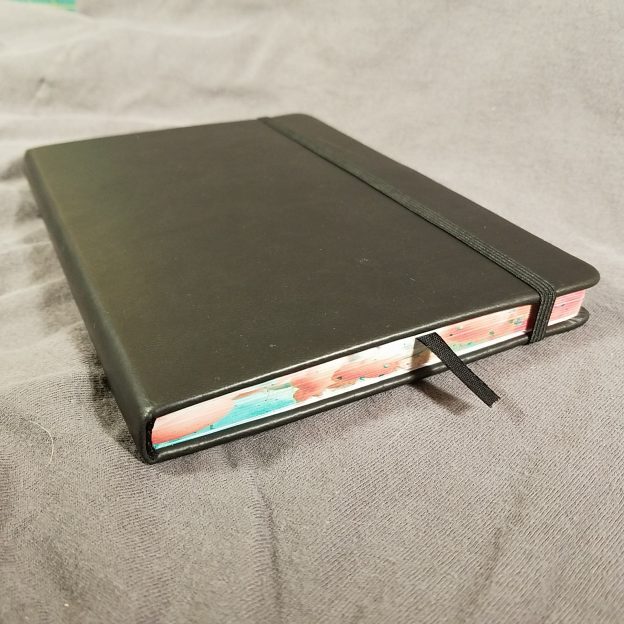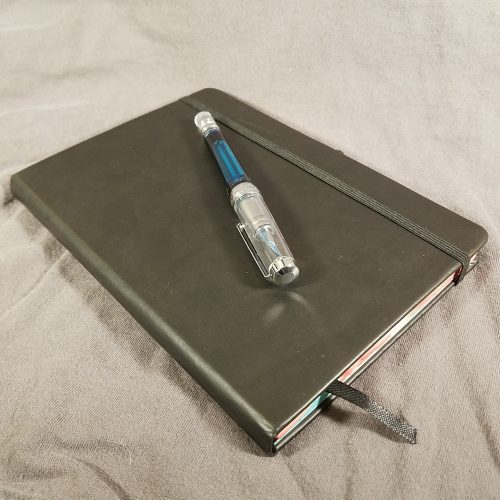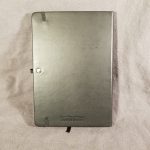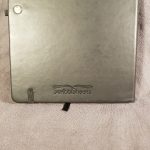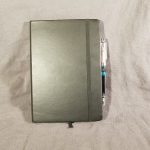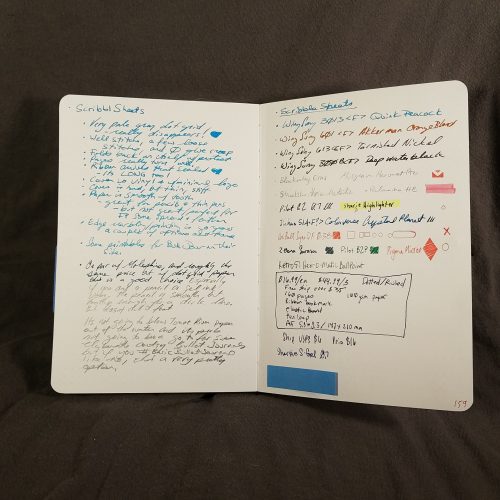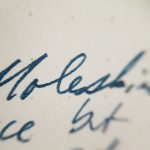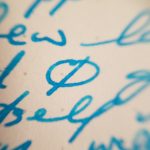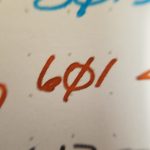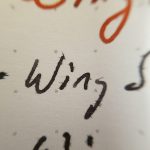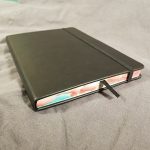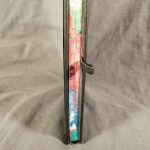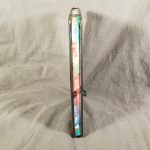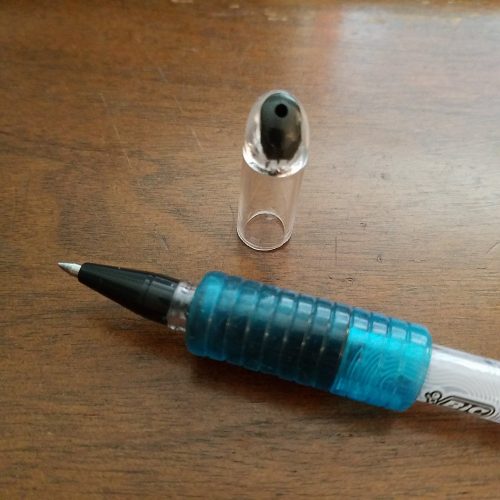I’ve been having a series of great conversations about using the good stuff as I reboot RSVP as a solo project. I’ve been able to have in depth conversations with people I wouldn’t have these conversations with otherwise. It’s pretty special to me.
As I have these conversations ideas and thoughts come up. I try to make brief notes about them as we chat. These little ideas sometimes blossom into ideas for the blog(s) here or on Ko-Fi.
Using the good stuff is important to me on a number of levels, and the stories I’ve shared with my friends as part of RSVP are all part of it.
One story that I shared in the early stages of the conversations was about a friend who scoffed at my fountain pen. I was very excited about it and was talking to her about how smooth it was on the paper I was using. She had the blank look of a person who didn’t quite get it. At the end of my pretty excited ramble she help up a Bic Stik, the worst of all the Bics (hell, get a Crystal for crying out loud) and said something along the lines of “This works just fine.” With a snide tone.
She was right, a Bic Stik will work just fine. It won’t be enjoyable but it’ll get words on a page.
It’ll do.
This is in part where material snobbery gets in the way of creation. Will I use a Bic Stik? Sure. Will it kill my wrist? Yes, it will.
When my quad core fancy laptop sang the blue screen of death song, I was sad and immediately wanted to replace it with another fancy high end PC. But I also realized, I don’t need that kind of power for the work I do on my laptop. I write words, barely edit pictures, barely edit audio (RSVP records pretty cleanly IMO), and layout my zine in Publisher. I don’t edit video anymore, so I really don’t need 8 gigs of RAM and a terabyte of storage. Instead I got a laptop that was cheap and handles what I do now- all of what I listed above. It bothered me for a hot minute, then I got over it, and just did what I had been doing- writing.
Here’s the thing, if you really want to create you will. You’ll find a way, if it’s with a fancy fountain pen, a cheap composition notebook, a chrome book, or a Bic Stik you stole from your DayJob.
I think that sometimes we spend a lot of time exploring new materials, new tools as a form of creative block. Maybe just maybe we’re looking for a magic bullet of creativity in a new fountain pen, new ink, new notebook, new pencil, new whatever. Maybe we’re also looking for a thing to blame if the creative juices never flow- I couldn’t create because this THING won’t work right!!!
Maybe those of us who collect supplies need to sit down with one supply and get to know it, and get to creating.
How many of us who want to write look for the perfect distraction free tool to type on? Or the pen with the right flow? The pencil with the right smoothness? The notebook that functions properly with whatever we throw at it?
What if the right thing is to just get to it? Stop with the excuses.
I write all this because I’ve done all this. And It’s a difficult thing to reflect on. I have had fallow times where I don’t create because I’m not in a mental space to do so, and rather than admit that, I buy pens, ink, pencils, and notebooks to fill the void.
The real question is, do any of you see this in yourself? It’s a thing to journal about for sure.

